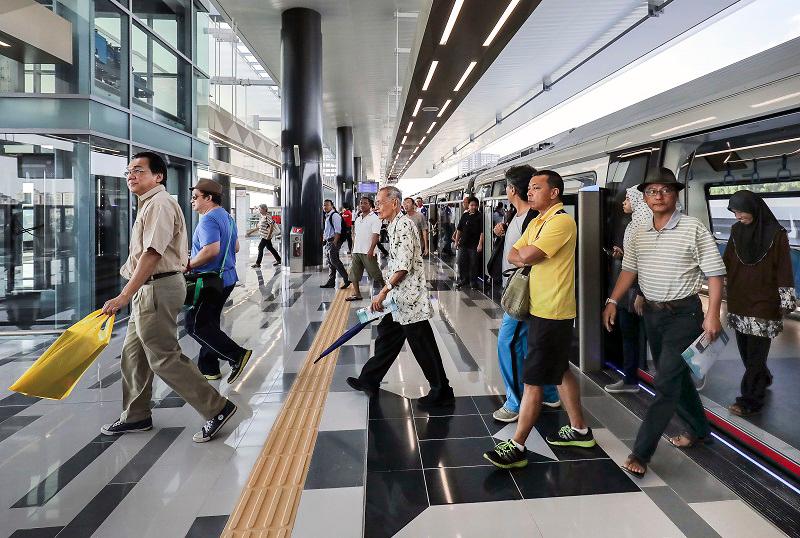PETALING JAYA: A video circulating online claims that Japan is using subway foot traffic to generate electricity through piezoelectric tiles, allegedly powering lights and other systems in high-traffic transit hubs such as Shibuya Station.
While the authenticity of the video remains unverified, the concept it promotes – generating energy from human movement – is based on real and scientifically proven technology.
Xiamen University Malaysia New Energy Science and Engineering head of programme Assoc Prof Dr Gan Wee Chen told theSun the concept, known as piezoelectric energy, is not new but is attracting renewed attention as countries, including Malaysia, explore sustainable energy solutions amid rapid urbanisation and growing climate concerns.
“Piezoelectricity is a phenomenon in which certain materials, such as quartz crystals, specific ceramics or polymers, generate an electric charge when they are mechanically stressed,”
he said.
“In simpler terms, when pressure, vibration or force is applied to these materials, they produce electricity. The effect also works in reverse, when these materials change shape when exposed to electric fields.”
He said this dual property has long been employed in devices such as microphones, sensors and ultrasound machines. More recently, researchers have started exploring how piezoelectric materials could harvest renewable energy from everyday actions such as footsteps.
Gan, who specialises in piezoelectric energy conversion, added that while the concept holds promise, its practical use is likely limited to specific, small-scale applications.
“Piezoelectric energy harvesters are best suited for powering low-energy devices, especially in the field of the Internet of Things (IoT).
“These include small sensors embedded in buildings, wearables or distributed networks that monitor the environment or structural integrity.”
On whether Malaysia could benefit from using piezoelectric tiles in busy places such as train stations, Gan said the energy generated from footsteps is very low and only enough to power tiny devices, not big systems such as lighting for the premises.
However, he said it could be useful for small, battery-free sensors that power themselves, adding that the technology could be used in places with low energy needs, such as sensors on bridges, buildings
or farms.
“These could be powered by vibrations or pressure changes, offering sustainable energy for monitoring purposes without needing conventional electricity.
“In such cases, piezoelectric technology could help reduce maintenance costs and enable remote monitoring in hard-to-reach areas.”
Gan said there are still several challenges slowing down the wider use of piezoelectric systems in Malaysia, starting with cost.
“The materials and manufacturing processes needed to make efficient piezoelectric devices are still expensive, especially when compared with more developed renewable options such as solar.
“Solar panels can produce much more energy, and Malaysia’s tropical climate offers steady sunlight, making it a more practical choice for high-energy needs.”
He said efficiency is another concern, explaining that piezoelectric devices perform best in environments where consistent mechanical stress is present.
“Malaysia’s unpredictable weather, high humidity and inconsistent foot traffic patterns may affect energy output.
“Retrofitting existing infrastructure to incorporate these systems would also be costly and complex.”
Despite these hurdles, Gan said piezoelectric technology could complement other energy sources in specific applications, such as smart traffic systems.
“On smart highways, piezoelectric energy could be used to power low-energy IoT devices such as traffic sensors or emergency alert systems, especially at night or during overcast weather when solar power isn’t available.
“In addition, it could also be used for foot traffic monitoring and understanding areas of high foot traffic for placement of advertising boards to increase consumer (visibility),” he said.
Gan also said piezoelectric systems may find a niche in smaller urban developments or remote rural areas where access to electricity is limited.
While the technology is unlikely to replace solar or wind as Malaysia’s primary sources of renewable energy, Gan said it could still play a valuable supporting role.
“When applied strategically and where appropriate, piezoelectric energy could contribute to Malaysia’s shift towards a more sustainable future.
“As with any emerging technology, the key is to understand where it works best and where it doesn’t.”









